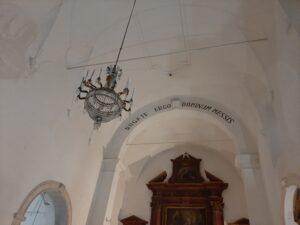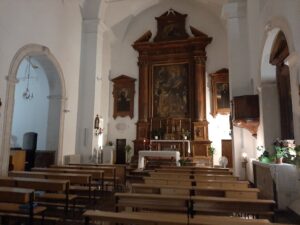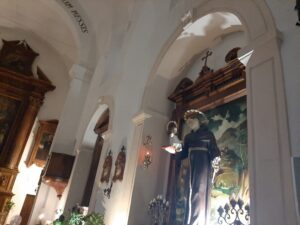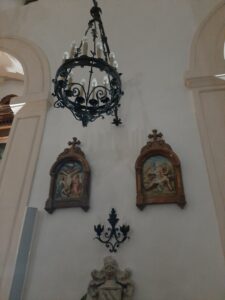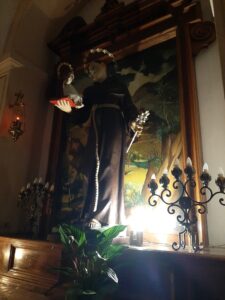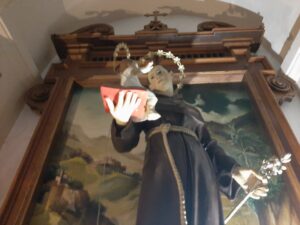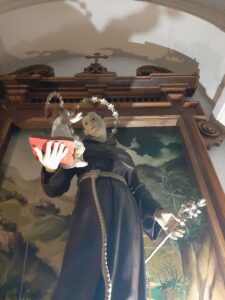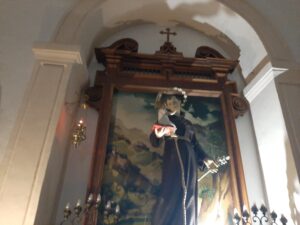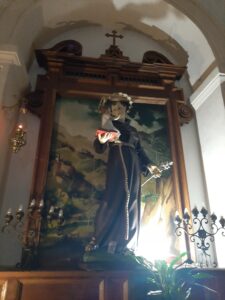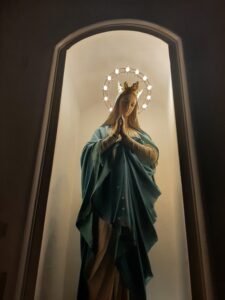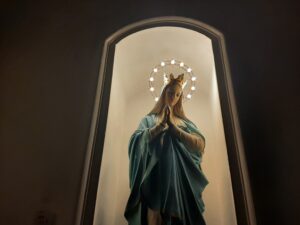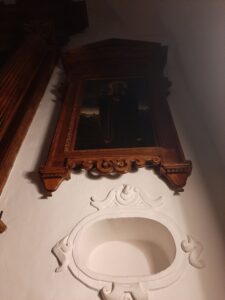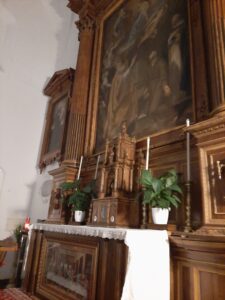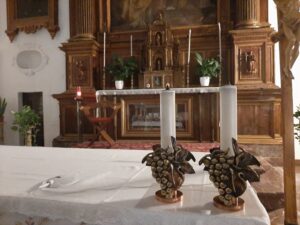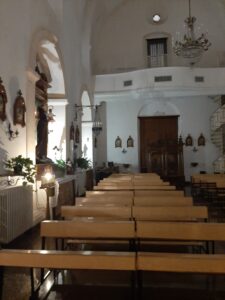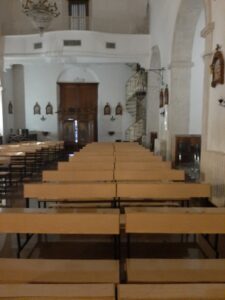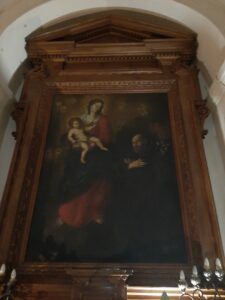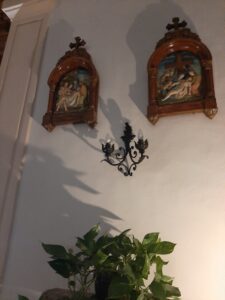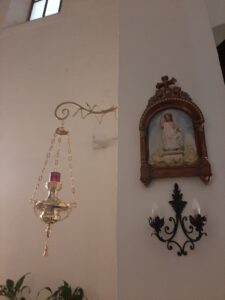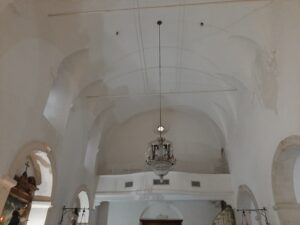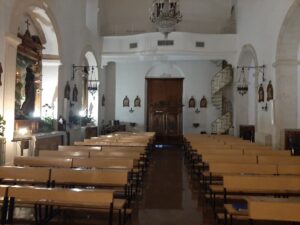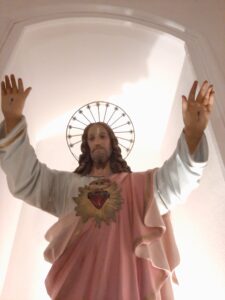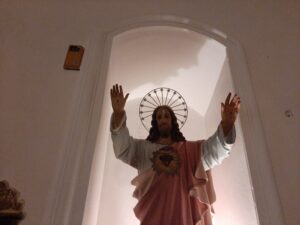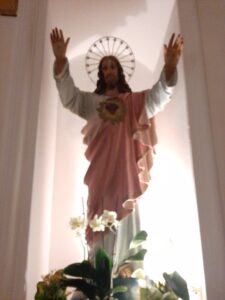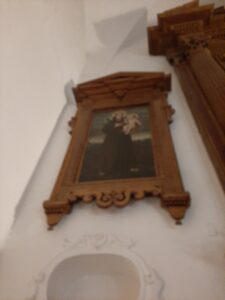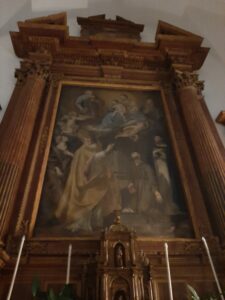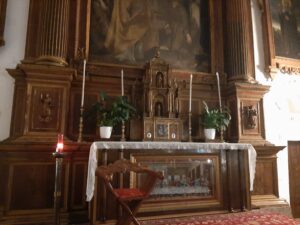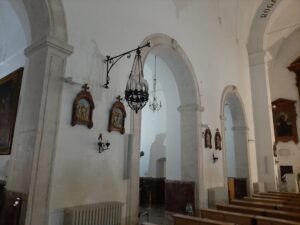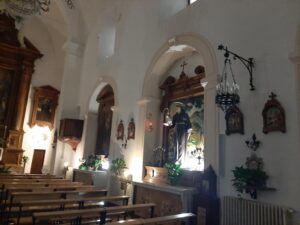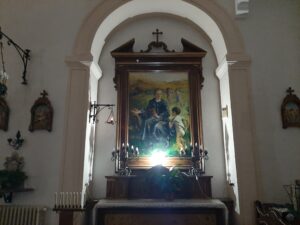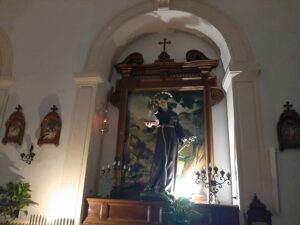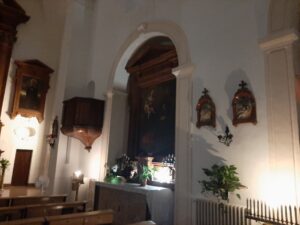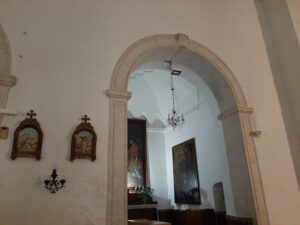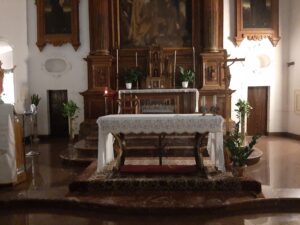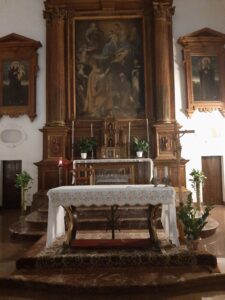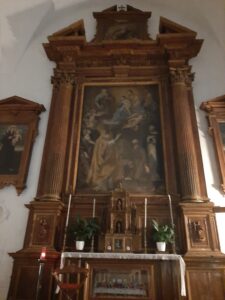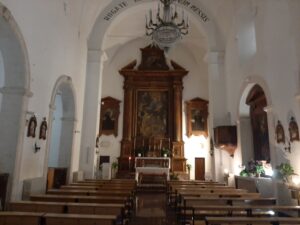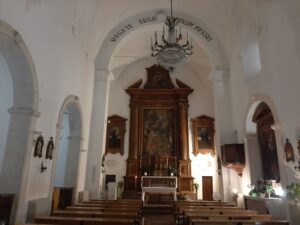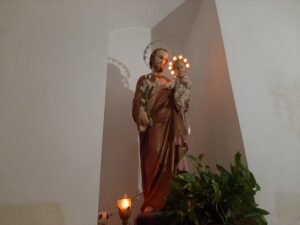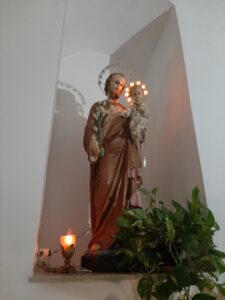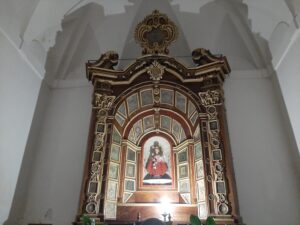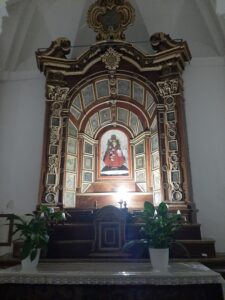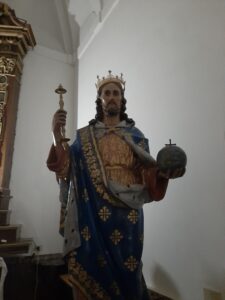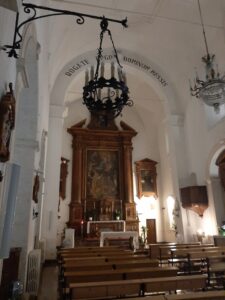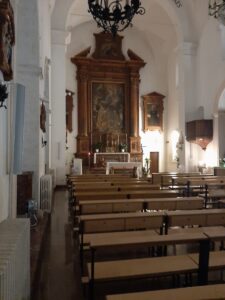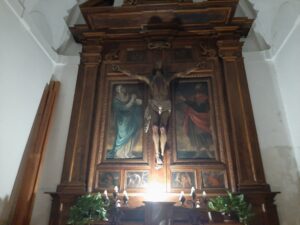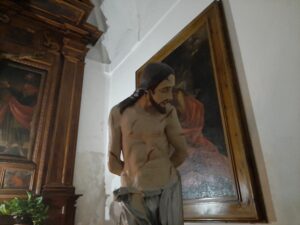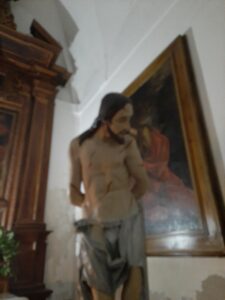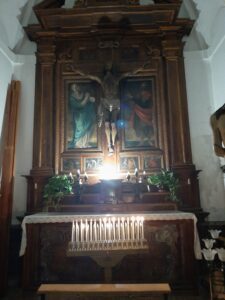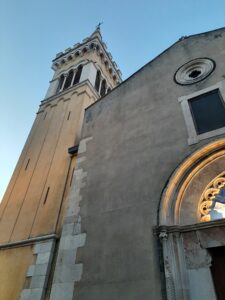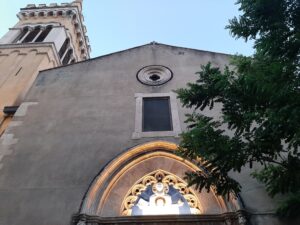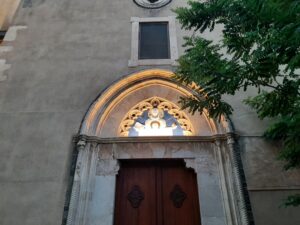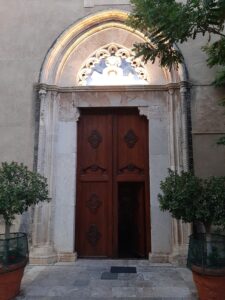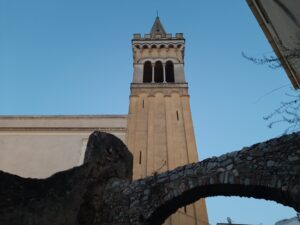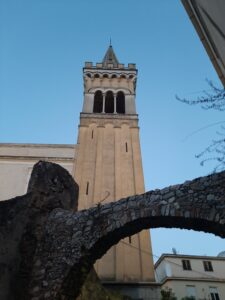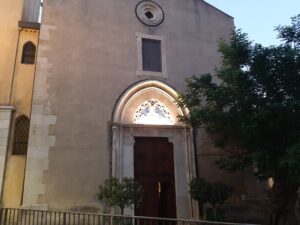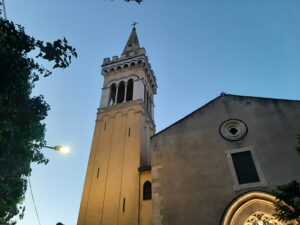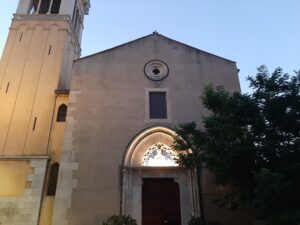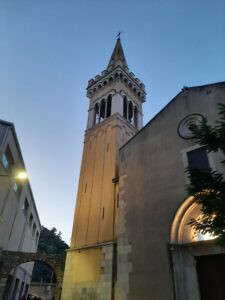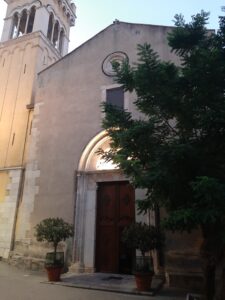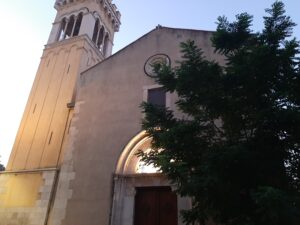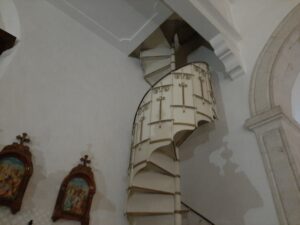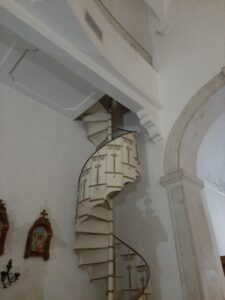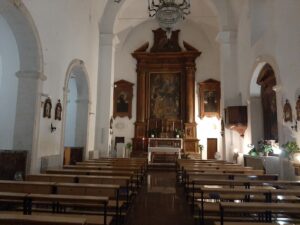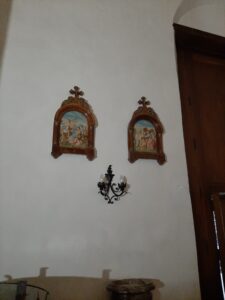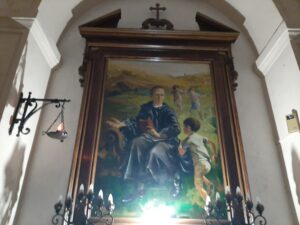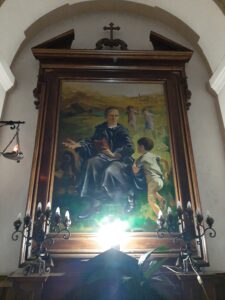Taormina Blog
San Antonio di Padova Taormina: a place of faith and silence in the heart of the city
The Church of Saint Anthony of Padua in Taormina is a Catholic place of worship located in the Cappuccini district, within a monumental complex that includes the convent belonging to the Order of Friars Minor Capuchin. This religious building has played a central role in the spiritual and cultural life of the city.
The Church of Saint Anthony of Padua in Taormina has ancient origins, and its construction dates back to the period when the Capuchin friars settled in Taormina, acquiring the building that previously housed the original Church of Saint Catherine of Alexandria. Over time, the convent became a reference point for the local religious community and, thanks to donations and restorations, was enriched with works of art and spaces dedicated to prayer and meditation.
The architecture of the Church of Saint Anthony of Padua in Taormina is sober and elegant, in line with Capuchin tradition. Inside is a large central hall with side altars and interconnected chapels. Among the most significant works are the painting of the Madonna with Child and Saint Felix of Cantalice, the altar dedicated to Saint Anthony of Padua, and the chapel housing a miraculous crucifix, which was carried in procession during a period of natural disasters involving Mount Etna and the surrounding areas.
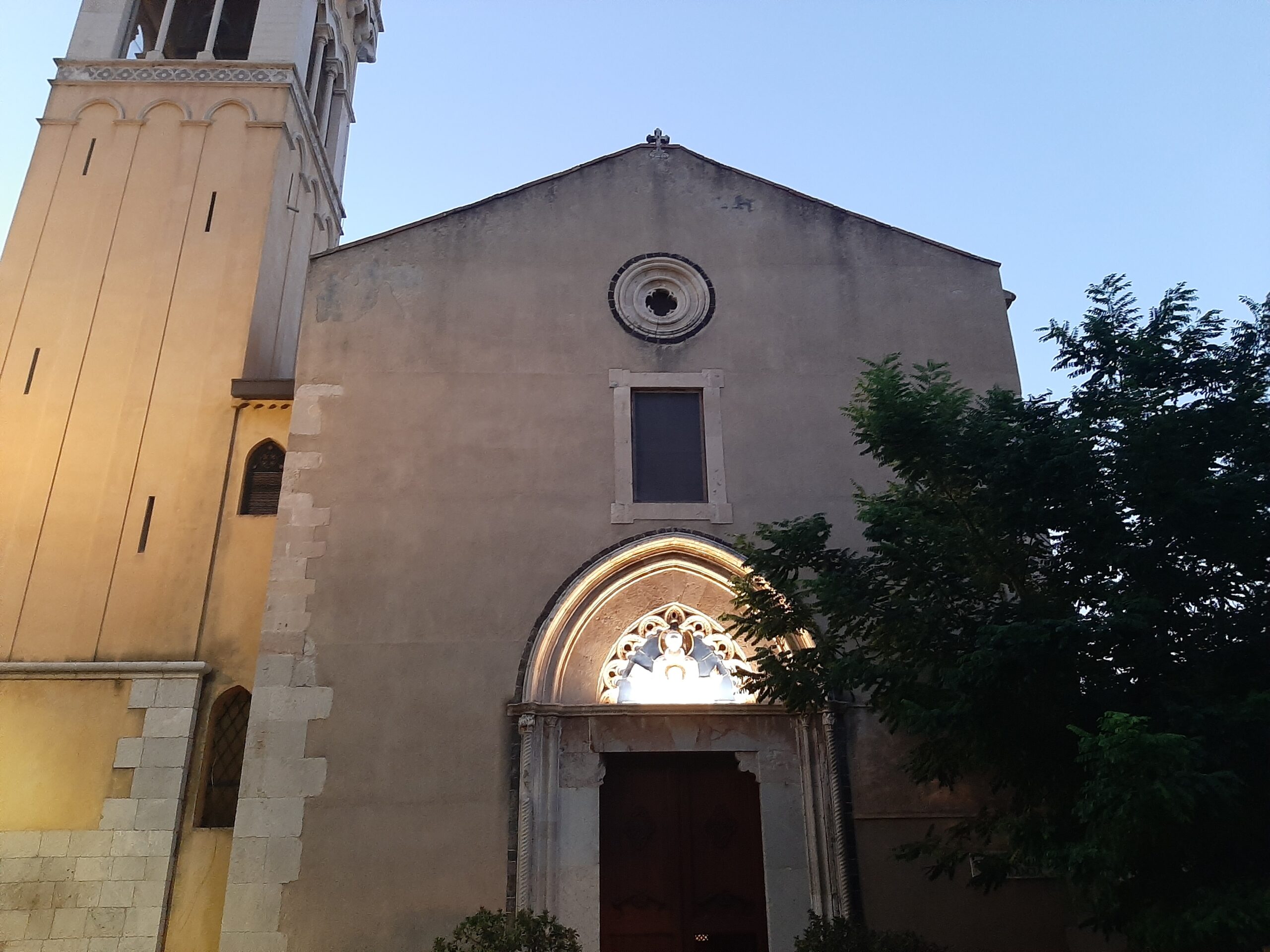
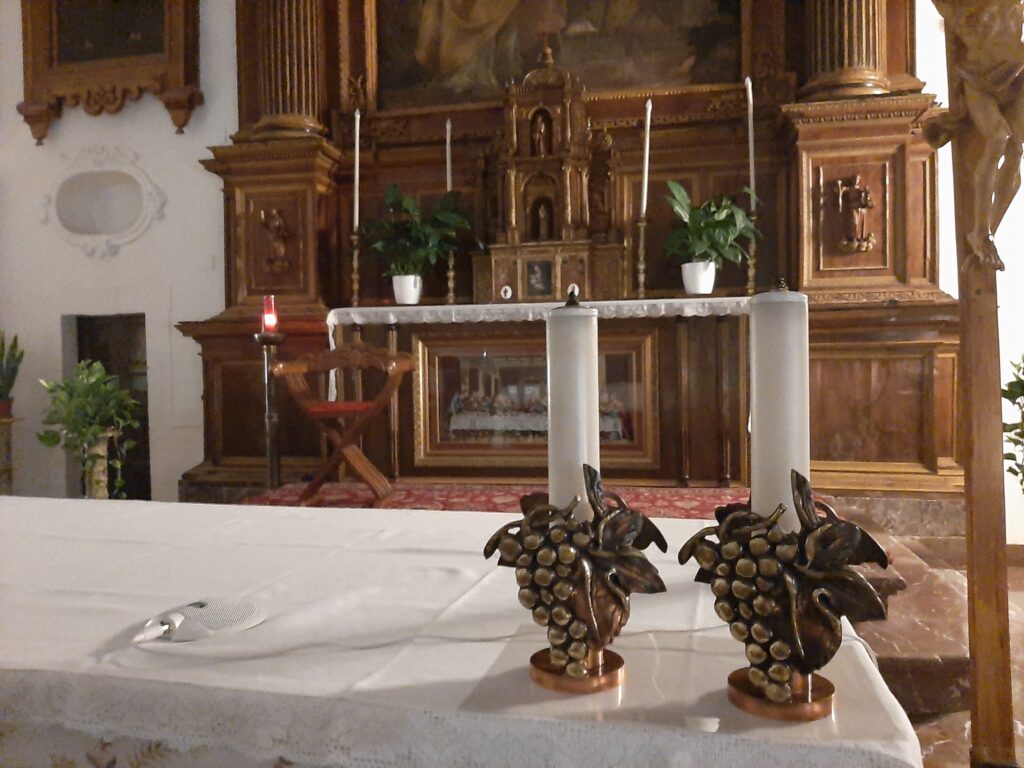
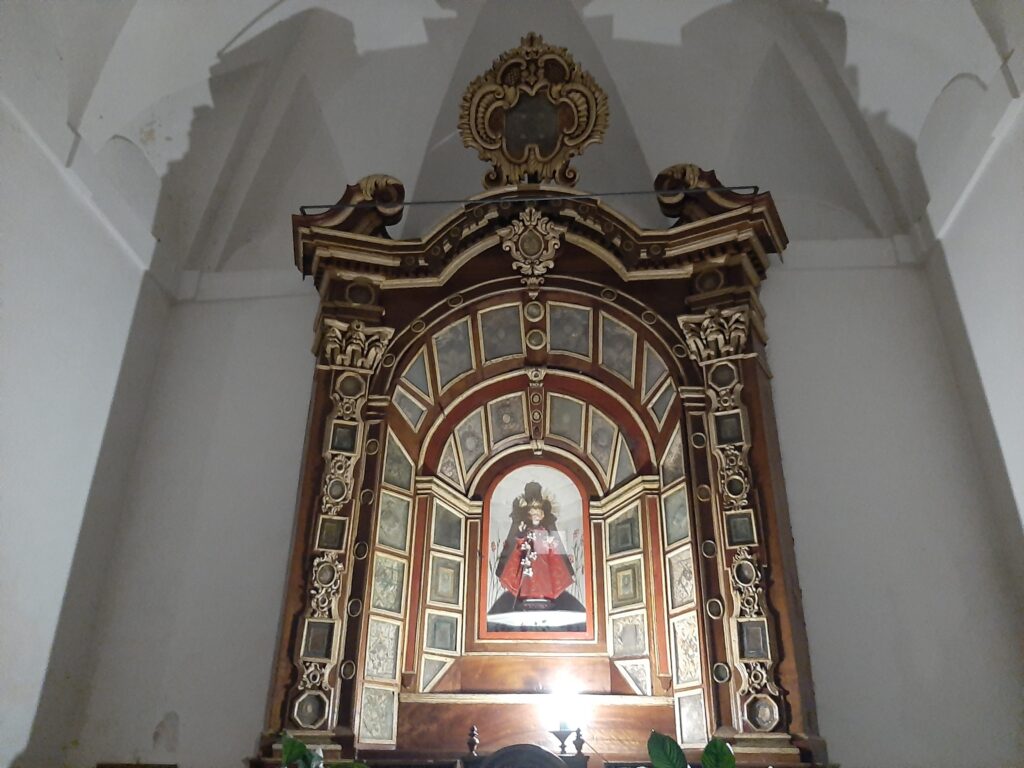
The Church of Saint Anthony of Padua in Taormina also hosts the tomb of a historical figure, Baron Filippo Sigismondo, a captain in the German army who died in battle. This historical detail exemplifies the connections between Taormina and notable figures from across Europe.
A lesser-known aspect is the role the convent played in culture and knowledge: it housed a renowned library, a reference point for scholars and intellectuals. With the suppression of religious orders, many volumes were transferred to the Taormina Municipal Library, contributing to the preservation of knowledge and the spread of culture in the city.
Besides its religious function, the Capuchin complex was also fundamental for the area’s water supply. The friars built a canal system that brought water to the district and still feeds the Fontana dei Cappuccini, located near the ancient arch on Via Cappuccini.
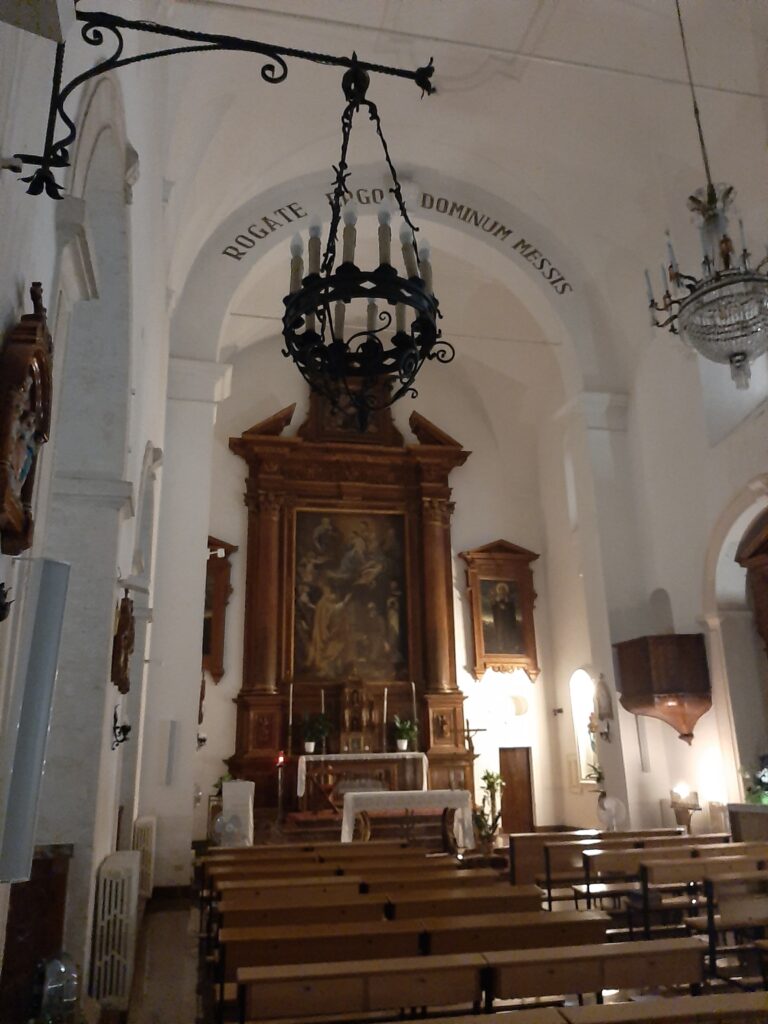
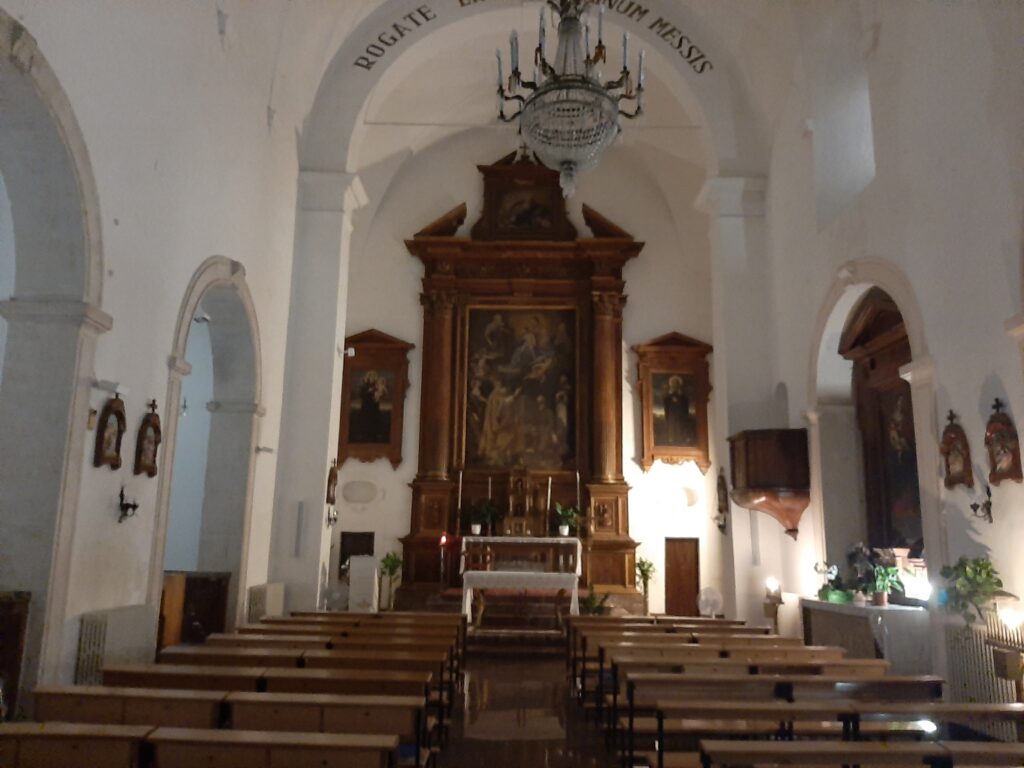
The Church of Saint Anthony of Padua in Taormina has a fascinating history rooted in the medieval and Renaissance periods. Its construction is linked to the arrival of the Capuchin Friars Minor, who settled in Taormina in 1559. These monks, known for their austere and prayerful life, were gifted land outside the city walls, near the original Church of Saint Catherine of Alexandria, where they built their convent.
The original building was quite modest, with few cells and a small attached church. Over the centuries, thanks to donations and community support, the convent was expanded and enriched with artworks and spaces for meditation and prayer. The church, while maintaining a sober style, reflects the influence of Capuchin architecture, characterized by simple lines and a strong sense of spirituality.
Inside the Church of Saint Anthony of Padua in Taormina are several altars dedicated to sacred figures of great importance. One of the most significant is the Altar of the Virgin Mary, which houses an oil painting depicting the Madonna with Child and Saint Felix of Cantalice. This painting, by an unknown artist, exemplifies the deep Marian devotion that characterizes the Taormina community.
Another valuable element is the Altar of Saint Anthony of Padua, which houses a statue of the saint. Saint Anthony is particularly venerated for his intercession on behalf of the faithful and for the miracles attributed to him. His presence in the church testifies to the community’s connection to Franciscan tradition.
One of the most evocative aspects of the church is the Chapel of the Holy Crucifix, which houses a miraculous crucifix. This crucifix was carried in procession during the eruption of Mount Etna in 1780, during a time of severe drought and earthquakes. The procession, accompanied by prayers and supplications, was considered a collective act of faith and helped strengthen the cult of the Crucifix among the faithful.
In addition to Marian and Franciscan devotions, the church has hosted liturgical celebrations and prayer moments dedicated to various sacred figures. The presence of the Capuchin friars ensured the continuity of these traditions, transforming the church into a point of reference for the local religious community.
The Church of Saint Anthony of Padua in Taormina has gone through centuries of change but has always maintained its central role in the spiritual and communal life of Taormina. Beyond its architecture and the altars dedicated to sacred figures such as the Virgin Mary, Saint Anthony of Padua, and the Holy Crucifix, the church has been the focal point of many religious celebrations and local cults passed down through generations.
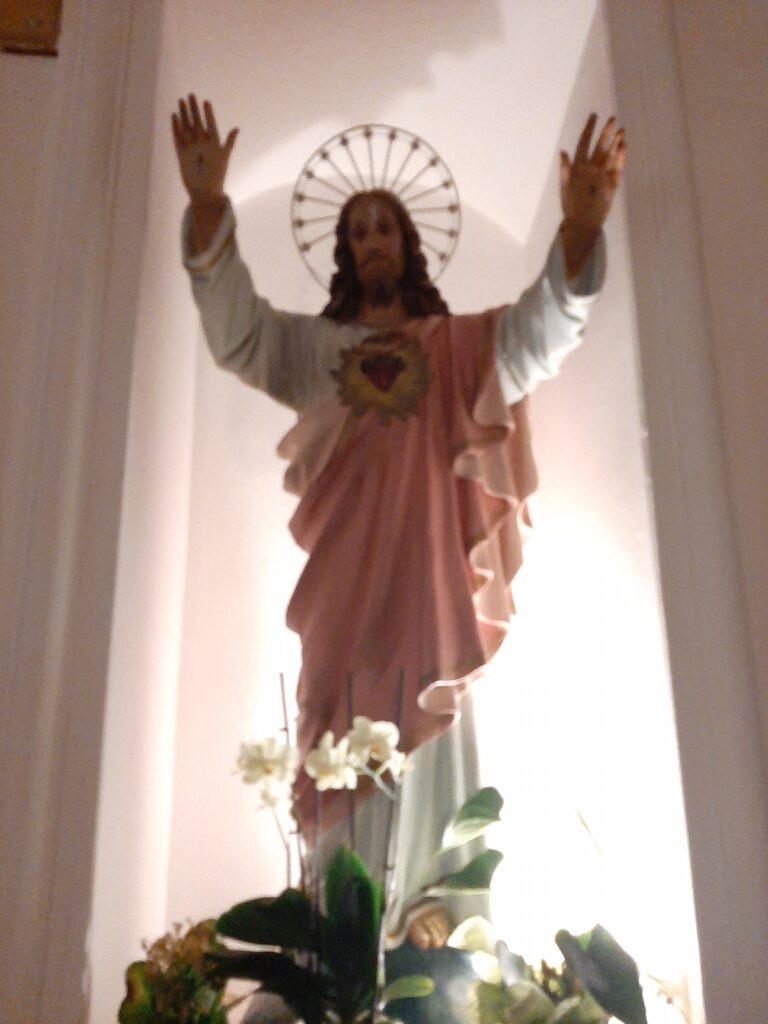
One of the most fascinating aspects concerns the popular devotion toward the miraculous crucifix kept in the main chapel. This crucifix has been the protagonist of numerous events linked to the community’s faith, including accounts of healings, protection from natural disasters, and moments of deep spirituality. Even today, the faithful come to the church to pray before this sacred image, considered a symbol of hope and divine intercession.
Besides the Marian and Franciscan devotions, the Church of Saint Anthony of Padua in Taormina has also hosted special celebrations related to the life of the Capuchin friars. These monks, known for their dedication to poverty and contemplation, have left a strong mark on the religious life of the city. The convent attached to the church was a center of reflection and study, and its library was one of the most renowned in the region, visited by intellectuals and scholars searching for ancient texts and theological treatises.
The Church of Saint Anthony of Padua in Taormina also has a special connection with the city’s religious festivities. During the celebrations of Saint Anthony of Padua, patron of the poor and needy, solemn masses, processions, and prayer moments are organized involving the Taormina community. It is a festival that goes beyond simple liturgical celebration, becoming an event of gathering and sharing among the faithful.
Today, the Church of Saint Anthony of Padua continues to be an active place of worship, visited by both worshippers and tourists who remain fascinated by its beauty and history. Every corner of the building tells a piece of Taormina’s religious tradition, weaving devotion, art, and culture in a place that is much more than a simple church: it is a symbol of Sicilian spirituality.
Church of Saint Anthony of Padua
Via Don Giovanni Minzoni, 1, 98039 Taormina ME
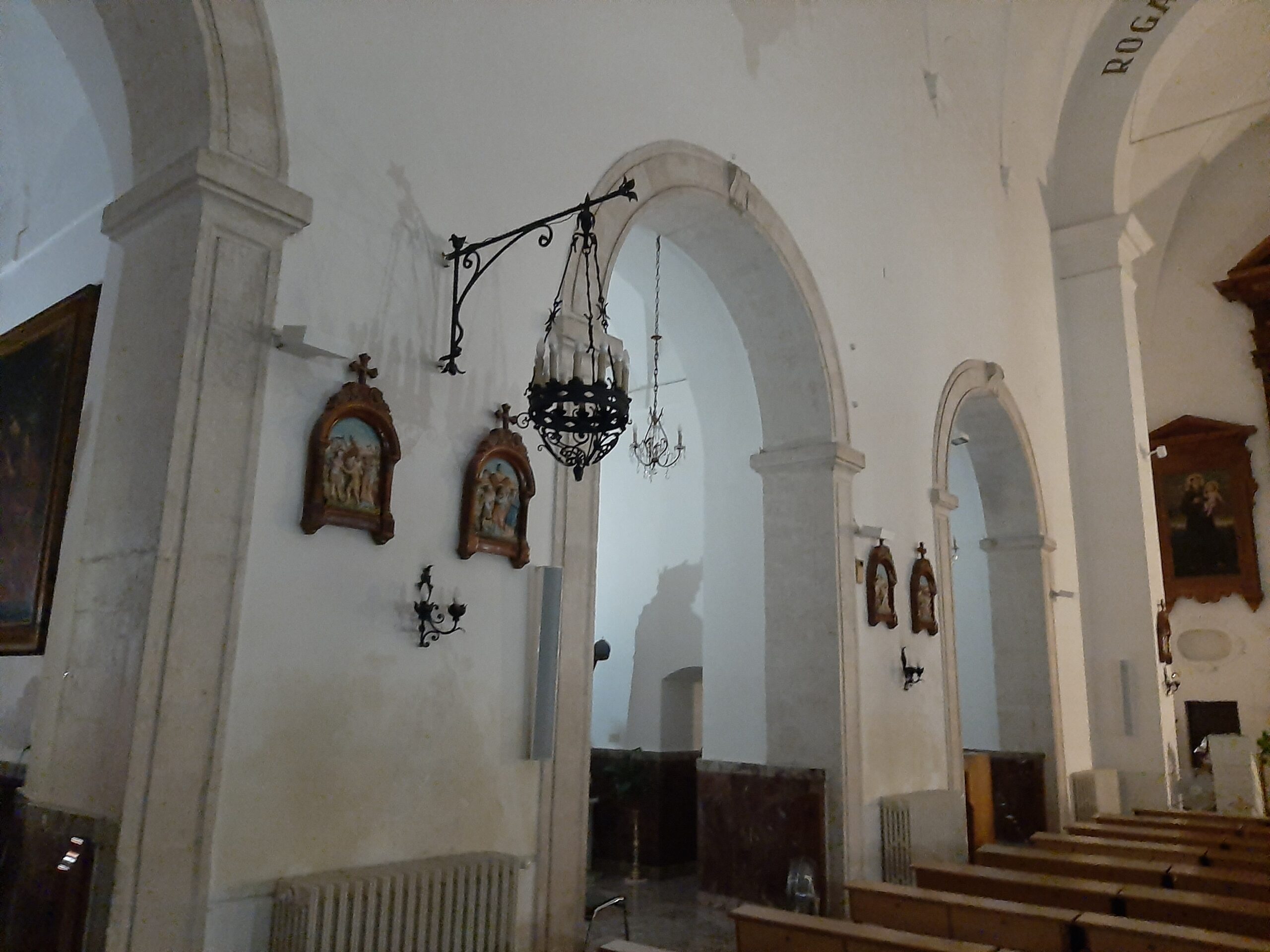
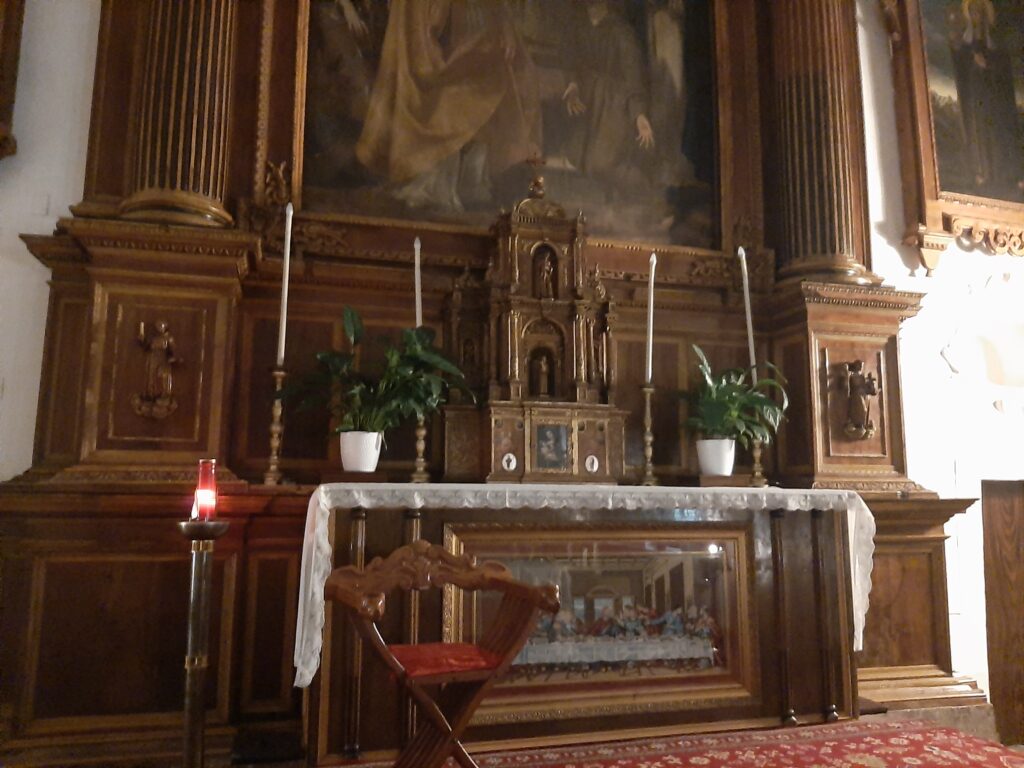
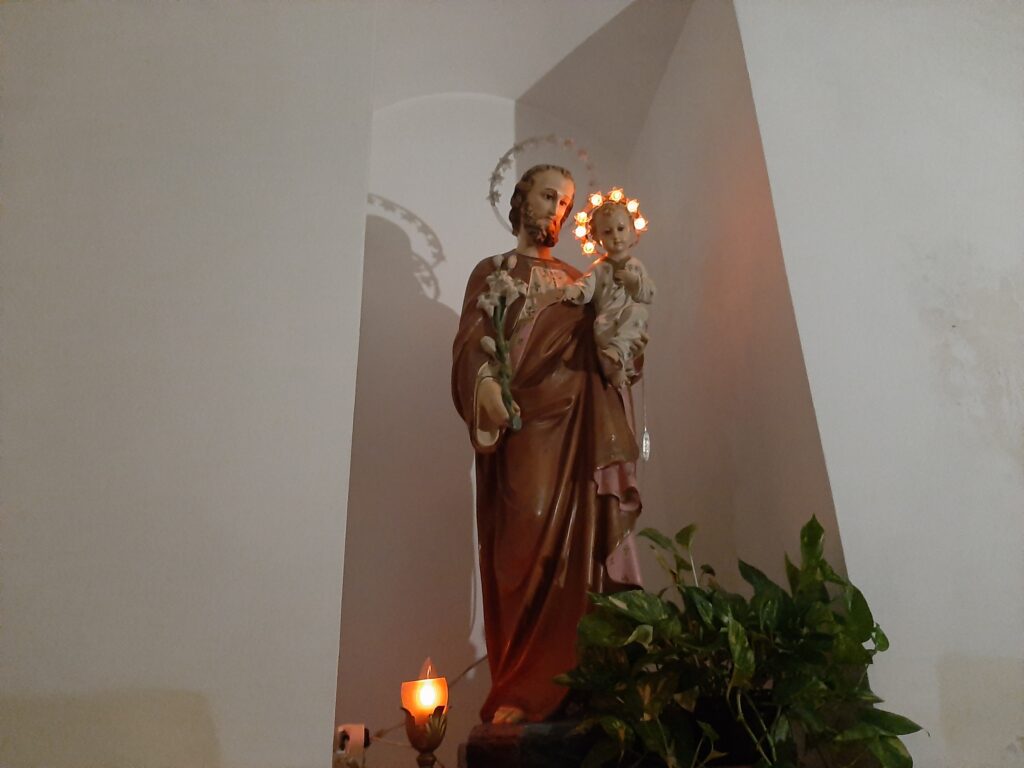
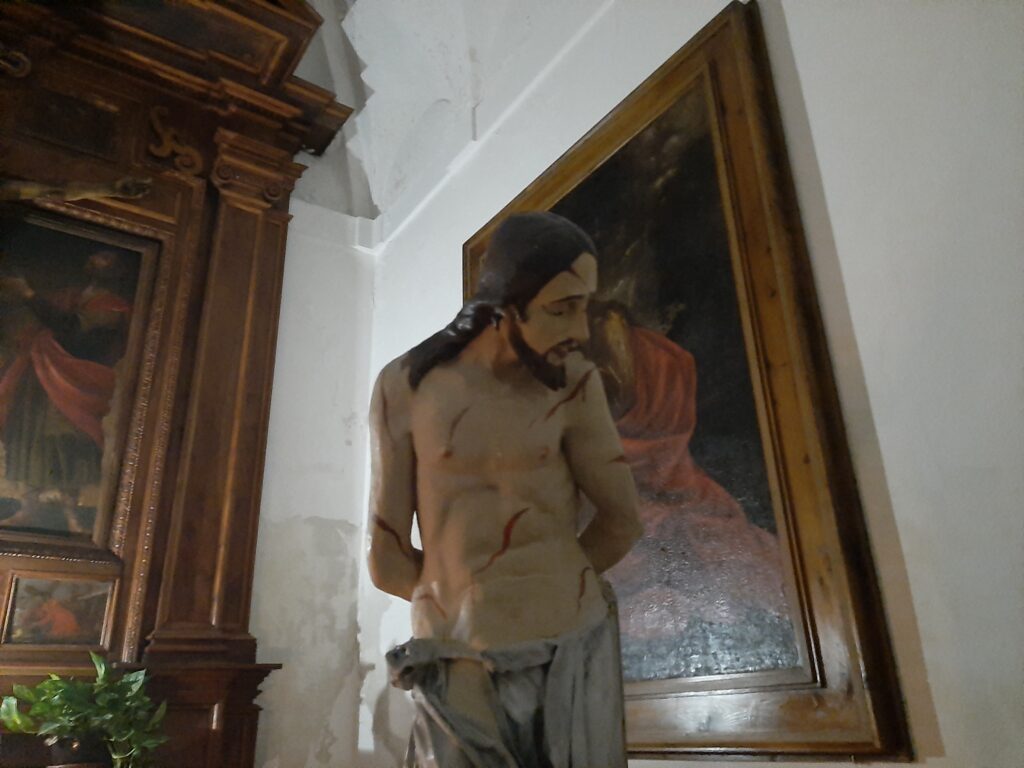
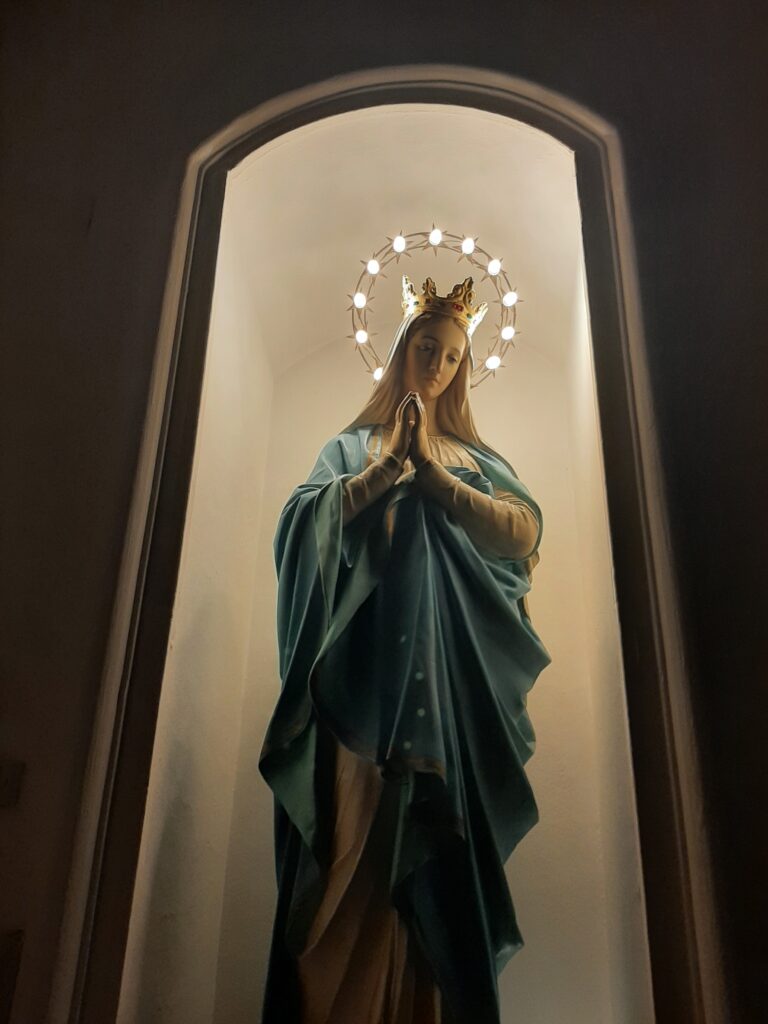
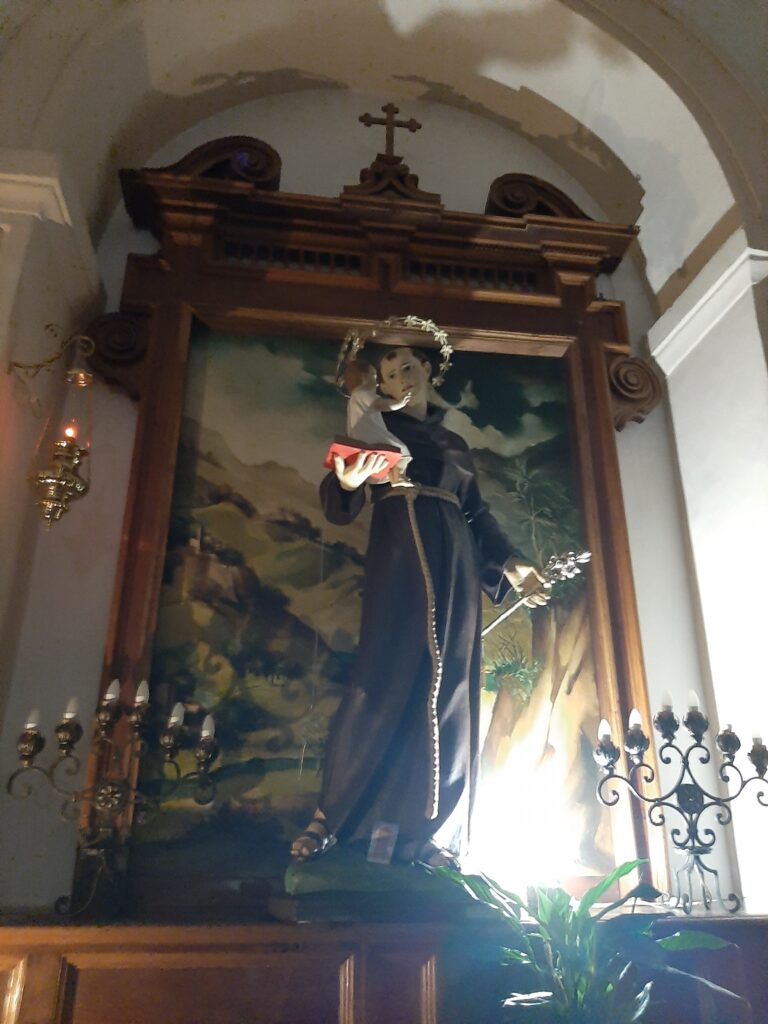
Curiosities about the Church of Saint Anthony of Padua in Taormina: Stories, Legends, and Secrets
Taormina, with its timeless charm, hides lesser-known jewels rich in history and tradition. Among these is the Church of Saint Anthony of Padua, a small place of worship that holds fascinating stories and unusual details. Here are some curiosities that make it special.
1. The Church of Sailors and Fishermen
Unlike other Taormina churches linked to nobility, this was the spiritual refuge of fishermen and port workers. Saint Anthony, protector of the poor and sailors, was especially venerated by the humble people of Taormina’s fishing village. Even today, during the saint’s feast day (June 13), local fishermen organize a boat procession along the coast.
2. The “Miracle of the Rain”
A popular legend tells that in 1883, during a severe drought, the people of Taormina carried the statue of the saint in procession to invoke rain. As soon as the statue reached the square, a sudden storm saved the crops. Since then, a “rain mass” has been held annually in his honor.
3. The Smallest Bell Tower in Taormina
While the Cathedral and the Church of San Giuseppe tower over the city with their imposing bell towers, this church has a tiny bell tower, almost hidden. It is said to have been built this way not to block the view of nearby houses, but some say it symbolizes humility, in line with Franciscan spirit.
4. The Floor with the “Signatures” of the Faithful
If you look closely at the floor, you will notice names and dates engraved on some tiles. These are not modern graffiti but signatures left by the faithful between the 19th and 20th centuries, as ex-votos for graces received. Some are so old they have nearly faded away.
5. The Mysterious Painting
Behind the main altar is a 19th-century painting depicting Saint Anthony preaching to the fish. The peculiarity? If you look closely, in the background there is a sailing ship resembling the Barbary pirate ships. Some local historians believe this is a reference to Saracen raids, a threat still vivid in Sicily’s memory of that era.
6. The “Bread Chapel”
To the left of the entrance, a small chapel was dedicated to the blessing of bread for the poor. Every Friday, until the 1950s, women from the neighborhood brought bread here to distribute to the needy. Today, the tradition survives only during the saint’s feast with the distribution of the “Saint Anthony’s bread roll”, a spiced heart-shaped sweet.
7. The Ghost of the Friar
According to an urban legend, the shadow of a Franciscan friar who died in the 18th century roams among the pews at night. It is said he appears to passersby after midnight to ask for prayers for his soul. This is a story that older Taormina residents love to pass down!
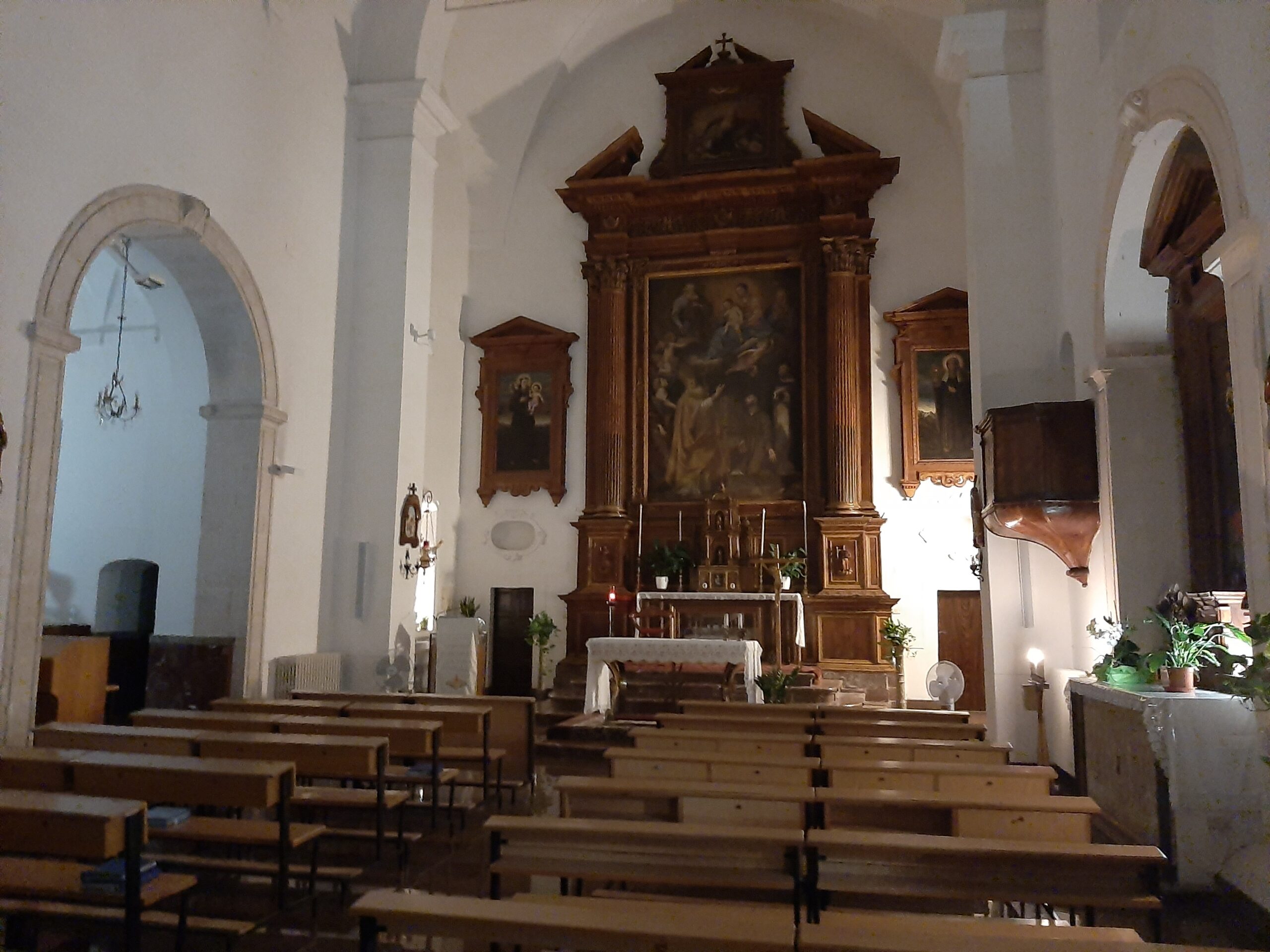

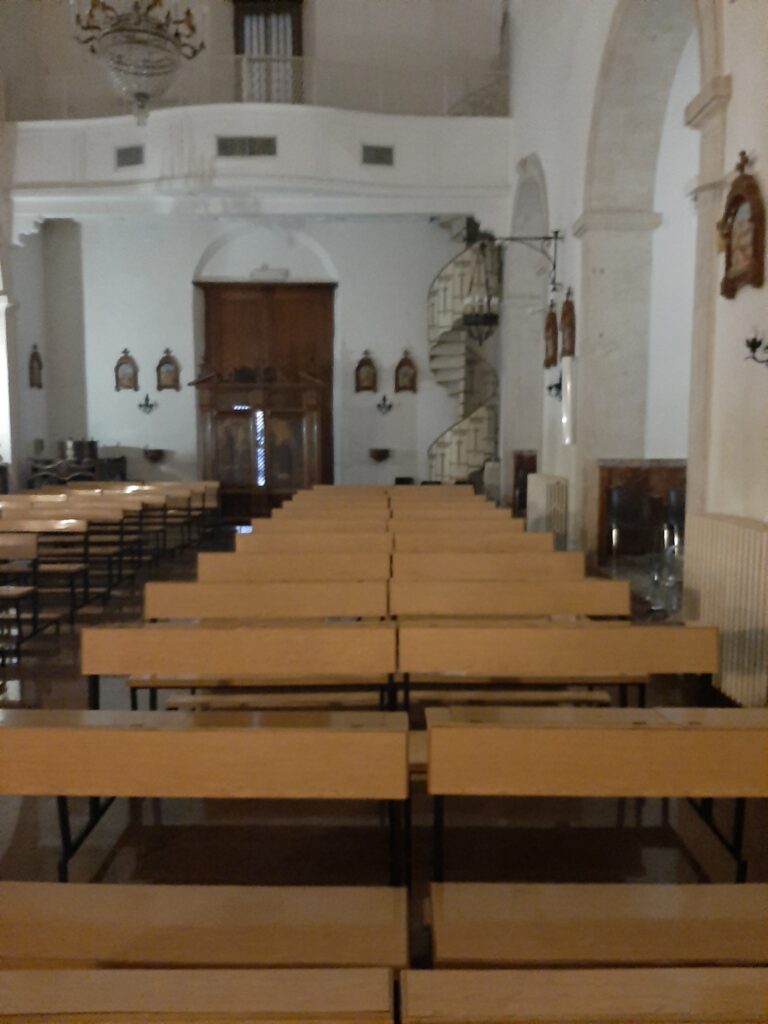
Why Is It Worth Visiting?
It is an authentic corner, away from mass tourism.
It tells a popular Taormina, made of sea stories and simple traditions.
It has curious artistic details, like the painting with the pirate ship or the engravings on the floor.
It is linked to traditional festivals that few know about, such as the boat procession.


